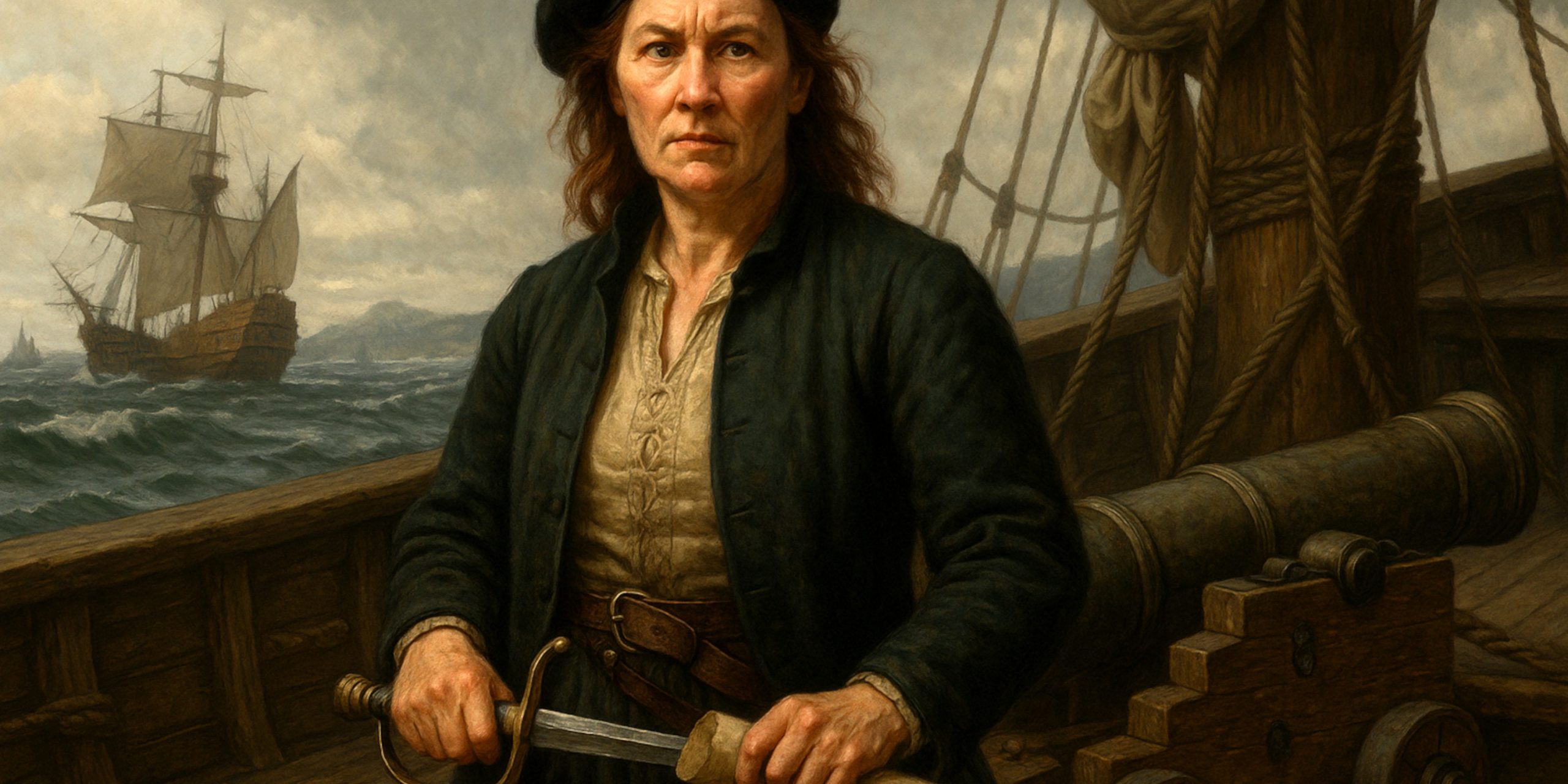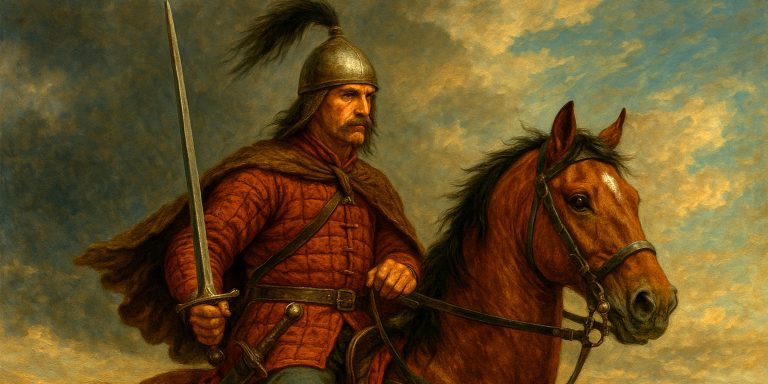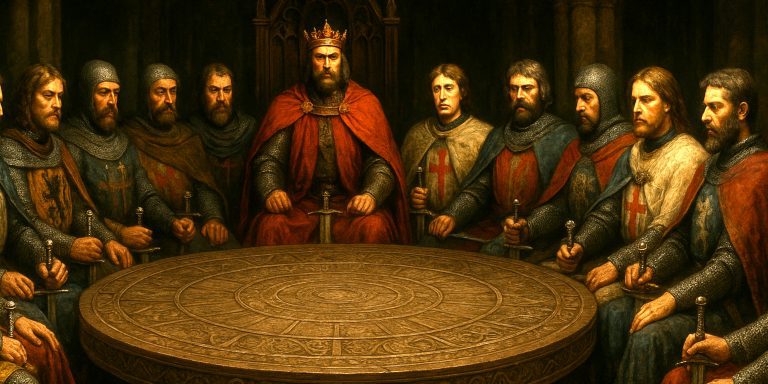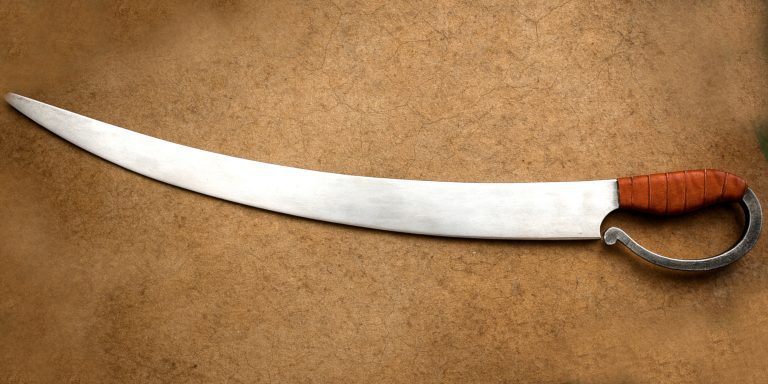
Grace O’Malley, also known by her Irish name Gráinne Ní Mháille, remains one of the most compelling figures of 16th-century Ireland. Often called the “Pirate Queen”, she led fleets, negotiated with English royalty, and defied the gender and political conventions of her age. Her story merges folklore and fact, but enough historical evidence survives to reveal a remarkable woman who commanded respect on both land and sea.
Early Life and Background
Grace was born around 1530 into the O’Malley clan of County Mayo, a seafaring family that dominated the waters along Ireland’s west coast. The O’Malleys controlled Clew Bay and demanded tolls from ships passing through their territory. Maritime power was the foundation of their wealth and independence.
Grace’s father, Eoghan Dubhdara O’Malley, introduced her to this world of coastal trade and piracy. Family stories tell that she cut her hair short to join a voyage after being told she could not go because her hair would catch in the rigging. True or not, it captured her spirit of defiance.
Rise to Power
Grace married Donal O’Flaherty, heir to another powerful maritime clan in Connemara. After his death in battle, she seized control of his galleys and continued to lead raids on merchant vessels, targeting both English and Irish ships that trespassed in her waters. She later married Richard Burke, known as “Iron Richard”, which strengthened her control of western fortresses including Rockfleet Castle.
From her coastal strongholds, Grace commanded fleets that traded and plundered across the Irish Sea. Her operations were part piracy, part legitimate enterprise. In Gaelic Ireland, such maritime toll-taking was considered an accepted form of regional power rather than simple banditry.
Weapons and Ships
Grace O’Malley’s fleet was composed largely of galleys and birinns, long narrow vessels powered by both oars and sails, ideal for quick raids and coastal warfare.
Typical ship types under her command:
| Type | Description | Role |
|---|---|---|
| Galley | Long, shallow draft, fitted with oars and sails | Raiding and pursuit |
| Birinn | Smaller Gaelic longboat | Coastal patrol and ambush |
| Bark | Heavier merchant vessel | Cargo and ransom transport |
Weapons used by her crew:
- Cutlasses and short swords for boarding actions
- Muskets and arquebuses, increasingly common in the late 1500s
- Crossbows and pikes for coastal defence
- Small cannon mounted on larger galleys for intimidation and pursuit
Battles and Raids
Grace’s exploits along the western seaboard became legendary. She harried English merchant ships, collected tribute from passing vessels, and conducted retaliatory raids against rival clans.
Key recorded encounters include:
- Attacks along the Galway coast, disrupting English shipping and asserting her clan’s dominance.
- Defensive actions at Rockfleet and Clare Island, where she repelled assaults from English forces and rival Irish lords.
- Capture of English prizes, including the famed incident where she spared a ship’s captain after he freed her captured son, showing her reputation for both ruthlessness and honour.
Her activities caught the attention of the English crown, particularly as Elizabeth I sought to impose control over Gaelic chieftains.
The Meeting with Queen Elizabeth I
One of the most remarkable moments in Irish history occurred in 1593 when Grace O’Malley met Queen Elizabeth I at Greenwich Palace. O’Malley sailed to England to petition for the release of her captured sons and lands seized by English officials.
The two women, both in their sixties, spoke in Latin, the only common language they shared. According to reports, Grace refused to bow, claiming she was a queen in her own right and owed Elizabeth no fealty. She also carried a dagger during the audience, which she explained was for her own protection. Elizabeth, reportedly amused, granted her request.
Contemporary reference:
“Grany O’Maly is a notable woman in this country, and hath a husband and son of great value, and in her youth hath done many infamous deeds.”
— Sir Richard Bingham, English Governor of Connacht, c.1590
Bounty and Treasure
Grace’s fortune derived from a mixture of trade, piracy, and taxation. Her ships carried goods such as salt fish, hides, wine, and Spanish silks. Ransoms and seized cargoes added to her wealth.
Though no confirmed hoard or treasure has been found, contemporary reports suggest she maintained substantial stores of silver and goods at her fortresses. The English authorities repeatedly accused her of trading with Spain and Scotland, both politically sensitive connections.
Legacy and Fate
Grace O’Malley’s later years were spent consolidating her power along Clew Bay while her sons became entangled in Ireland’s ongoing wars. She died around 1603, the same year as Queen Elizabeth I.
Her descendants, the O’Malleys of Mayo, remained influential into the 17th century, though English conquest steadily eroded their autonomy.
Legacy:
- Remembered in Irish folklore as Gráinne Mhaol, a symbol of resistance and female leadership.
- A celebrated figure in literature, ballads, and nationalist history.
- Her castles at Rockfleet and Clare Island remain visible reminders of her maritime realm.
Where to See
Sites linked to Grace O’Malley:
| Location | Description | Current Status |
|---|---|---|
| Rockfleet Castle (Carraigahowley) | Her main stronghold overlooking Clew Bay | Restored, open to visitors |
| Clare Island Abbey | Burial place traditionally associated with Grace | Accessible, features medieval murals |
| Westport House, Co. Mayo | Built on the foundations of one of her castles | Includes a Grace O’Malley exhibition |
Conclusion
Grace O’Malley’s story endures because it bridges two worlds: the Gaelic maritime traditions of medieval Ireland and the encroaching Tudor state. She was a pirate, trader, clan leader, and diplomat who matched wits with one of history’s most powerful monarchs.
Whether viewed as a rebel or a ruler, Grace O’Malley remains an extraordinary example of leadership and independence in an age when women were rarely permitted either.
Watch the documentary:



